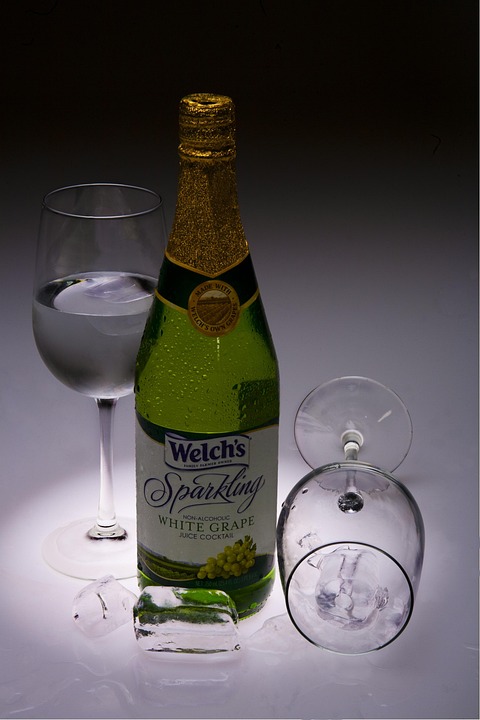Introduction
Ice wine is a highly sought-after dessert wine known for its sweet and intense flavors. Among the various grape varieties used to produce ice wine, Vidal and Riesling are two of the top choices. In this report, we will explore the reasons why Vidal and Riesling are favored for making ice wine, looking at their characteristics, financial data, industry insights, and more.
Characteristics of Vidal and Riesling Grapes
Vidal Grapes
Vidal grapes are a hybrid variety that thrives in colder climates, making them well-suited for ice wine production. These grapes have thick skins, which are essential for withstanding freezing temperatures and developing the concentrated sugars needed for ice wine. Vidal grapes also retain high acidity levels even when fully ripe, balancing out the sweetness in the final wine.
Riesling Grapes
Riesling grapes are known for their aromatic qualities, with flavors ranging from floral and fruity to mineral and petrol notes. These grapes have a natural acidity that provides structure to the ice wine, ensuring a harmonious balance between sweetness and acidity. Riesling grapes also develop complex flavors when frozen, resulting in a rich and flavorful ice wine.
Financial Data
Production Costs
The cost of producing Vidal and Riesling ice wine can vary depending on factors such as vineyard location, labor costs, and grape quality. On average, the production cost for a bottle of ice wine ranges from $30 to $100, making it a premium product that commands higher prices in the market.
Market Prices
Ice wines made from Vidal and Riesling grapes are highly valued in the market, with prices typically ranging from $50 to $300 per bottle. These premium prices reflect the labor-intensive process of making ice wine, as well as the unique flavors and aromas that Vidal and Riesling grapes contribute to the final product.
Industry Insights
Top Ice Wine Producers
Several wineries around the world are renowned for their Vidal and Riesling ice wines. In Canada, Inniskillin and Peller Estates are leading producers of ice wine made from these grape varieties. In Germany, Dr. Loosen and Joh. Jos. Prüm are esteemed for their Riesling ice wine offerings. These wineries leverage the unique characteristics of Vidal and Riesling grapes to craft exceptional ice wines that stand out in the market.
Consumer Trends
The demand for Vidal and Riesling ice wines continues to grow among consumers who appreciate premium dessert wines. These wines are popular choices for special occasions and gifting, as well as for pairing with a variety of desserts. As consumers become more discerning about wine quality and authenticity, Vidal and Riesling ice wines are positioned to thrive in the market.
Conclusion
In conclusion, Vidal and Riesling grapes are top choices for making ice wine due to their unique characteristics, financial value, and industry appeal. These grape varieties contribute to the premium quality and distinct flavors of ice wine, making them highly sought-after by wine enthusiasts worldwide. As the demand for premium dessert wines grows, Vidal and Riesling ice wines are poised to remain popular choices for connoisseurs and casual wine drinkers alike.



